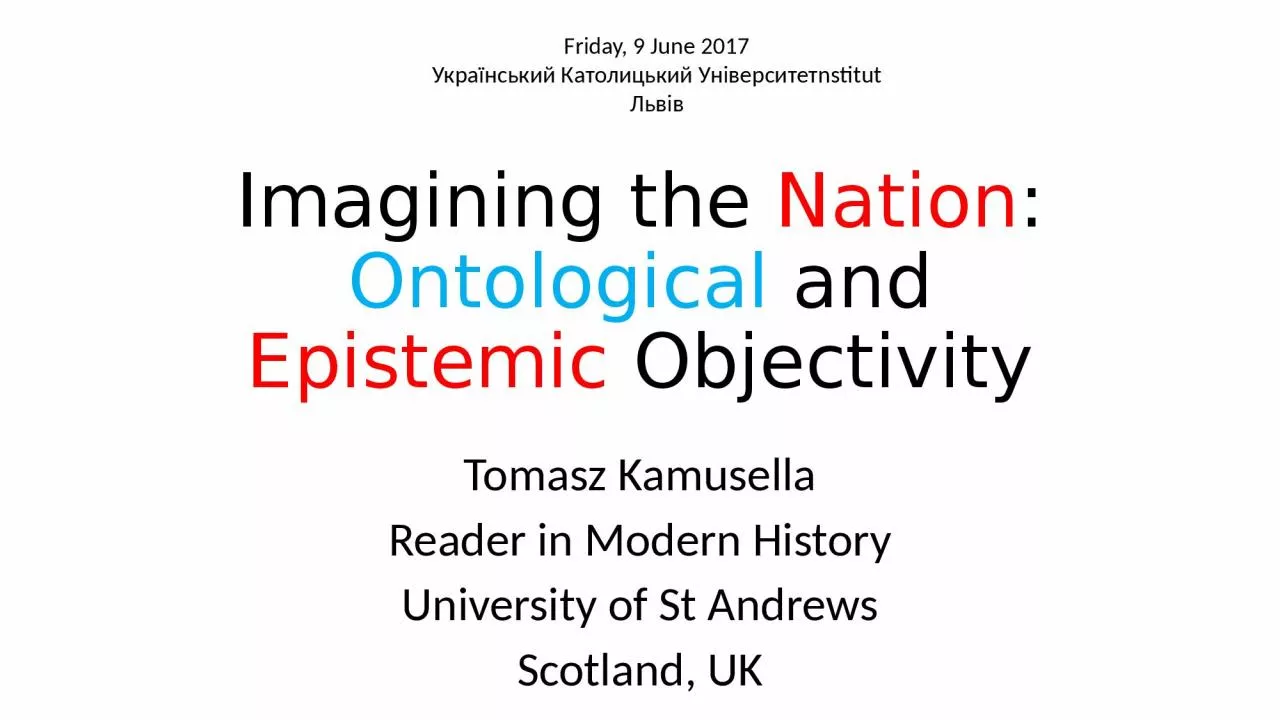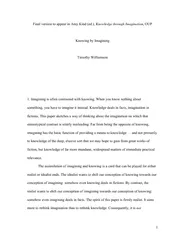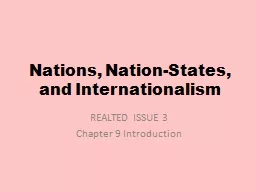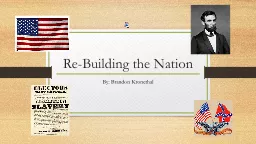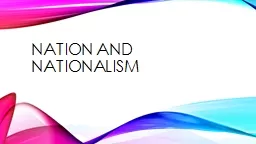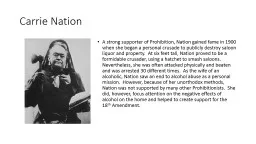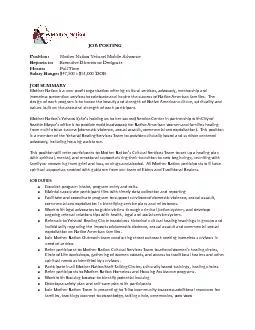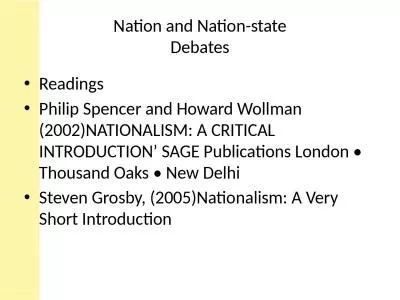PPT-Imagining the Nation :
Author : okelly | Published Date : 2024-03-13
Ontological and Epistemic Objectivity Tomasz Kamusella Reader in Modern History University of St Andrews Scotland UK Friday 9 June 2017 Український
Presentation Embed Code
Download Presentation
Download Presentation The PPT/PDF document "Imagining the Nation :" is the property of its rightful owner. Permission is granted to download and print the materials on this website for personal, non-commercial use only, and to display it on your personal computer provided you do not modify the materials and that you retain all copyright notices contained in the materials. By downloading content from our website, you accept the terms of this agreement.
Imagining the Nation :: Transcript
Download Rules Of Document
"Imagining the Nation :"The content belongs to its owner. You may download and print it for personal use, without modification, and keep all copyright notices. By downloading, you agree to these terms.
Related Documents

